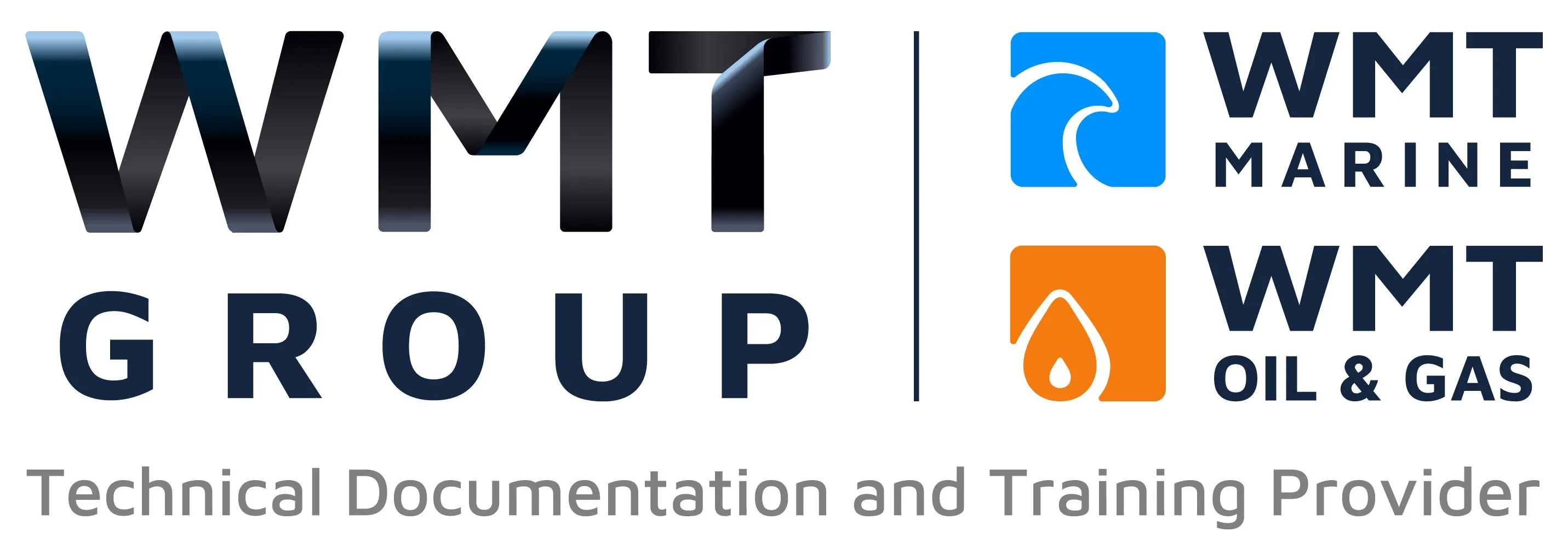How To Create Maine Risk Assessment Documents: A Step- by- Step Guide

Marine operations come with high-risk environments, strict safety regulations, and complex procedures. To ensure safety, compliance, and operational efficiency, companies must develop detailed marine risk assessment documents.
A well-prepared marine risk assessment identifies hazards, evaluates risks, and outlines preventive measures to protect crew, vessels, and offshore assets.
In this guide, we’ll take you through the step-by-step process of creating a marine risk assessment document, ensuring it meets HSE, IMO, and ISM Code standards.
Why Marine Risk Assessments Are Essential
Risk assessments help maritime professionals:
✅ Identify Hazards – Recognise potential risks in vessel operations.
✅ Ensure Regulatory Compliance – Meet IMO, ISM, SOLAS, and HSE safety requirements.
✅ Improve Safety Protocols – Reduce the likelihood of accidents.
✅ Enhance Decision-Making – Provide a structured approach to risk management.
✅ Protect Crew & Assets – Minimise damage, injury, and downtime.
Without proper risk assessments, marine operations face safety failures, legal penalties, and financial losses.
Step-by-Step Guide to Creating a Marine Risk Assessment Document
1️⃣ Define the Scope of the Assessment
- Identify the specific operation or activity (e.g., cargo handling, vessel maintenance, offshore transfers).
- Determine the location and environmental conditions (e.g., port, offshore, heavy seas).
- List crew members, equipment, and systems involved.
Example: A risk assessment for fuel bunkering operations should cover fire hazards, fuel spills, and environmental impact.
2️⃣ Identify Hazards & Risks
- List all potential hazards associated with the operation.
- Categorise risks into physical, operational, environmental, and technical threats.
Common Marine Hazards:
⚠ Slips, trips, and falls on wet decks.
⚠ Equipment malfunctions and mechanical failures.
⚠ Fire hazards from flammable cargo.
⚠ Adverse weather conditions affecting stability.
⚠ Human error in navigation or machinery operation.
3️⃣ Assess the Level of Risk
Use a Risk Matrix to determine likelihood and severity:
Risk Level Likelihood Severity Action Required
Low Rare Minor Monitor and review
Medium Possible Moderate Implement controls
High Likely Severe Immediate corrective action
Critical Almost certain Fatal Stop operation & reassess
This helps prioritise risks and implement effective control measures.
4️⃣ Implement Control Measures
Apply the Hierarchy of Risk Controls to minimise hazards:
✔ Elimination – Remove the hazard (e.g., replacing faulty equipment).
✔ Substitution – Use safer alternatives (e.g., eco-friendly fuels).
✔ Engineering Controls – Modify the work environment (e.g., safety barriers).
✔ Administrative Controls – Implement training and procedures.
✔ PPE (Personal Protective Equipment) – Equip crew with life jackets, helmets, gloves.
Example: To reduce man-overboard risks, install safety railings and crew training protocols.
5️⃣ Document Findings & Recommendations
Create a structured marine risk assessment report that includes:
📌 Title & Reference Number – Document identification for easy tracking.
📌 Description of Operation – Scope, location, and personnel involved.
📌 Identified Hazards – List of potential risks.
📌 Risk Ratings – Likelihood, severity, and overall risk score.
📌 Control Measures – Actions taken to mitigate risks.
📌 Review & Approval – Sign-off by a qualified safety officer.
📌 Example Format:
Title: Risk Assessment for Cargo Loading Operations
Operation: Loading bulk cargo onto a container vessel
Hazard: Slips and falls on deck
Risk Level: Medium
Control Measures: Crew training, anti-slip mats, PPE enforcement
6️⃣ Review & Update Regularly
- Conduct routine inspections to update risk assessments.
- Revise documents after incidents, audits, or regulation changes.
- Involve crew in safety discussions and feedback sessions.
📌 Tip: Digital risk assessment tools help track changes, improve accessibility, and automate compliance updates.
Final Thoughts
Creating a marine risk assessment document is crucial for ensuring safety, compliance, and efficiency in maritime operations. A well-structured assessment:
✔ Identifies and mitigates hazards in offshore and vessel activities.
✔ Follows industry regulations (IMO, ISM Code, SOLAS, HSE).
✔ Improves decision-making for vessel operators and crew.
✔ Reduces accidents, fines, and operational disruptions.
If you need professionally developed marine risk assessments, WMT Marine LTD provides technical documentation services to help maritime companies maintain safety, compliance, and efficiency.
📞 Contact us today for expert risk assessment support!
